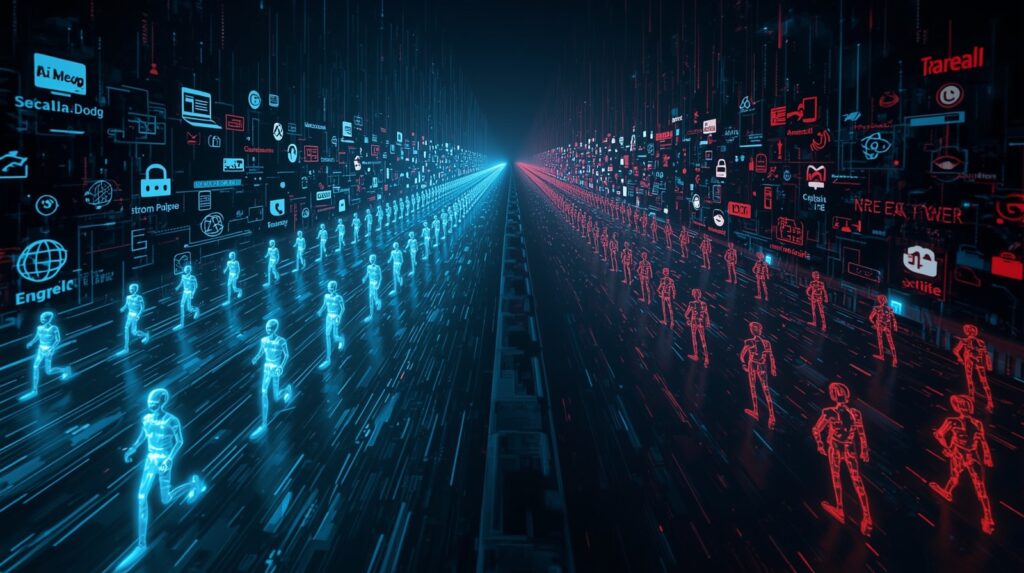
AI CERTS
6 months ago
🤖 AI Bots Now Dominate Web Traffic, Surpassing Human Users
Whether crawling sites to train large language models or automating mundane business tasks, AI-powered web agents are redefining internet dynamics—and raising critical questions about the future of online content, advertising, and authenticity.

📊 The Numbers Behind the Shift
According to new industry data released this week, bot-driven traffic—once viewed as background noise—has now become the primary driver of website visits. Here’s a breakdown of the shift:
- 52.3% of web traffic is generated by AI bots
- 35% of that comes from LLM training crawlers (e.g., OpenAI, Anthropic, Google DeepMind)
- 17% is from task-based bots automating emails, calendars, and scraping tasks
- 47.7% of traffic is still human, but declining steadily over the past 18 months
This growing divide is reshaping everything from search engine optimization (SEO) to digital ad strategies.
🤖 What’s Fueling the AI Bot Surge?
The rapid evolution of generative AI, especially large language models (LLMs), has created unprecedented demand for real-time data access. To remain current and contextually aware, AI platforms rely heavily on web crawlers that:
- Index public websites for natural language training
- Extract metadata and HTML content for knowledge graphs
- Access documents for multimodal model development
- Automate research, summarization, and translation tasks
Bots from OpenAI, Perplexity, Google’s Gemini, and others are now consuming millions of pages per day, often without human intervention or awareness.
🔒 Publishers Push Back
The surge hasn’t gone unnoticed. Website owners and publishers are expressing concerns about:
- Data scraping without consent
- Server overloads from unregulated crawlers
- Revenue loss from ad impressions bypassed by bots
In response, major infrastructure providers like Cloudflare have begun blocking many AI crawlers by default, offering “pay-per-crawl” models to give publishers better control over their data.
Interested in how platforms are evolving to respond? Read:
👉 Generative Engine Optimization: A New Era in Marketing
🌐 The Implications for the Digital Ecosystem
The dominance of AI bots raises important issues:
- Search engine dynamics may shift toward direct AI answers rather than web traffic redirection
- Ad models that rely on human engagement could decline in profitability
- Content value may erode if free data is continually mined without attribution
This means businesses must rethink their content and SEO strategies, considering how their data interacts with AI systems.
🔗 Learn How to Navigate the AI-Driven Web
Future-proof your strategy with expert certification.
👉 Get certified in AI Data Management and Web Security at AI CERTs
📌 Final Thoughts
The rise of AI bots replacing human web traffic isn’t just a tech milestone—it’s a turning point in digital history. As machines become the internet’s most active users, industries must adapt, legislate, and innovate to keep pace with automated intelligence.
The bots are here, and they’re not just crawling—they’re taking over.



